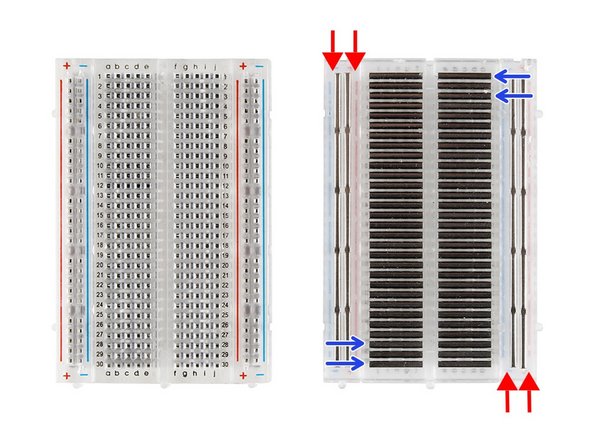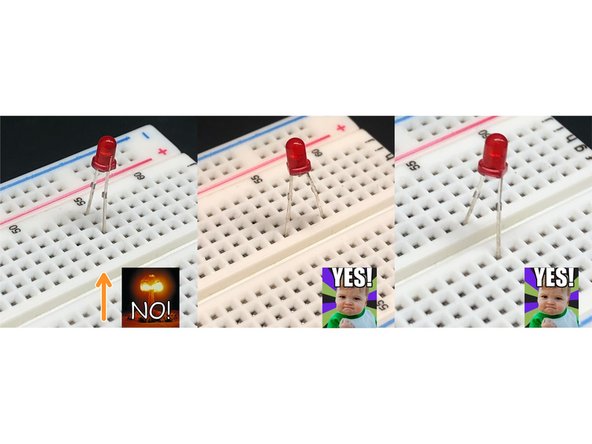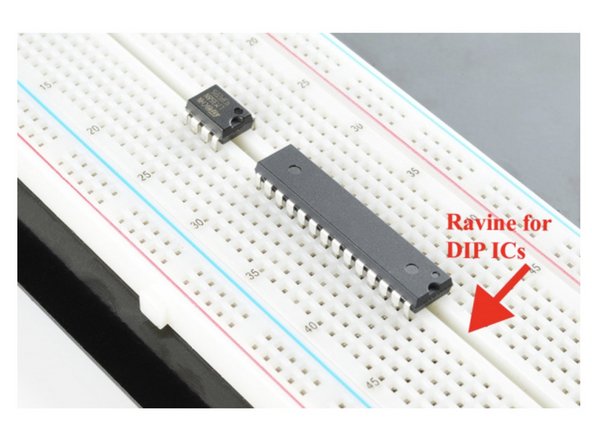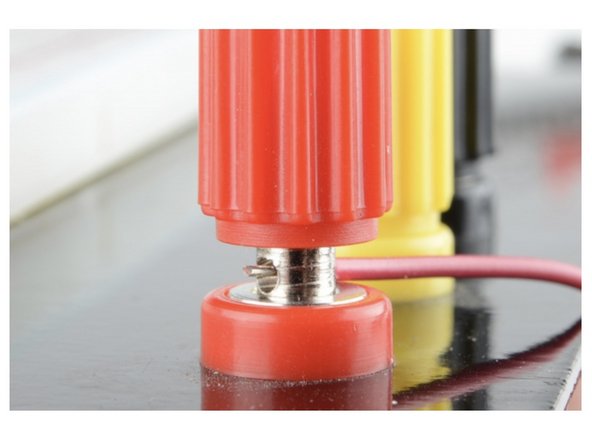-
-
A breadboard is a rectangular board with many mounting holes. They are used for creating temporary or permanent electrical connections.
-
Solderless Breadboard. This setup is good for temporary connections. Component used does not need any soldering to connect to the board, so it can be reused.
-
Solder Breadboard : This kind of breadboard gives a stronger setup. Components can be soldered using soldering iron for soldering the components to the breadboard so that an electrical connection can be formed through the copper tracing.
-
-
-
We will focus on solderless breadboard
-
Letters on the breadboard are printed at left & right that ranges from A to J that runs vertically.
-
Numbers can be identified through 1 to 30 numbers which are printed on the top and bottom on half-size breadboards, whereas in full-size boards 60 or 63 numbers are printed.
-
Both the numbers & letters together will direct you to place a specific hole simply while designing complicated circuits.
-
-
-
In the breadboard, there are horizontal and vertical rows, where the horizontal rows can be known as power rails and vertical rows are known as terminals.
-
-
-
Be mindful of short circuits. If you have two leads touching each other on your board, you may have a short circuit.
-
In this case, there is almost no resistance and voltage is essentially free to flow. This can cause overheating, fires, and explosions. So avoid these, if possible.
-
-
-
Connecting ICs through break line keep IC without shorting its terminals.
-
-
-
Binding posts are used to connect exterior power sources.
-
The primary step to use these posts is to attach them to the board through some jumper wires.
-











